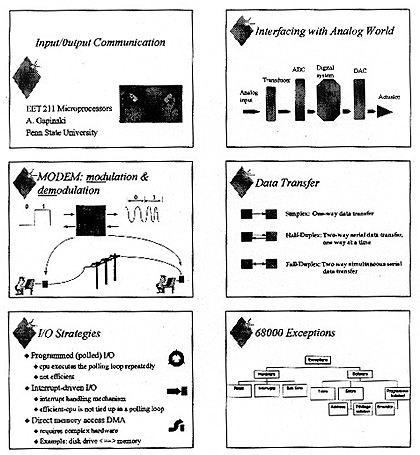
ABSTRACT
Multimedia teaching tools are relatively new instruments in engineering curriculum. In what way should they be applied to improve effectiveness of the teaching and learning processes? The author shares his experiences of using multimedia presentation tools in an electrical engineering technology program.
The multimedia tools attracted a growing interest of educational practitioners and pedagogical researchers alike for many reasons.1-5 Visual attractiveness of the presented material, a hope that new technology would solve some of the problems of standard delivery methods can be listed as some of the reasons.
It was hoped that Multimedia Teaching Tools would open the door to the dreamland of new ways of teaching and learning. It has not materialized so far and educational practitioners look for answers from pedagogical research which can already offer an extensive knowledge on teaching and learning processes. Recent years have brought a better understanding of the importance of students' learning styles 6-10 in a teaching and learning environment. The pedagogical research has developed four learning style models: the Myers-Brigs, Kolb's learning styles, Herrmann brain dominance, and Felder-Silverman.8,10 The Feder-Silverman model, briefly describing, classifies students as: sensing or intuitive, visual or verbal, inductive or deductive, active or passive, sequential or global learners. Felder10 presents some strategies to ensure that the course taught appeals to a range of learning styles.
One should be concerned with the above findings when preparing a lecture using multimedia tools. Furthermore, since the literature and educational practice gave us strong evidence of advantages of collaborative environment6-8 it is quite natural to see attempts of incorporating multimedia tools into a collaborative and interactive learning environment. In addition, effective teaching should address the issue of misunderstanding or misconception of subject matter by a student.11
MY PERSONAL JOURNEY
It was quite clear to the author that the standard way of lecture delivery, that is, "talking head," does not promote good understanding and obviously does not spark much of the enthusiasm in students. Furthermore, the standard methods of lecturing do not promote visualization very much and, thus, prevent students from quickly grasping and understanding the discussed material. To overcome these shortcoming, the author became interested in bringing new educational tools into the classroom. Thus, the author became involved in Penn State University's initiative, "Project Empower," to incorporate multimedia tools in a classroom. The project empower13 has been initiated with the following purpose:
At the initial stage, starting in the Spring 1996 semester, some elements of an interactive learning environment was implemented to ensure seamless transition through the digital courses and to offer improvement in material comprehension and understanding. The technology envisioned consisted of a TI-85 calculator PC-linked, TI-CBL system14, multimedia presentation and tutorial software, and the creation of Web pages with hyperlinks.
Additional material installed on the campus network provided tutorial for students on writing laboratory reports.
The author has been implementing multimedia tools that include Astound, PowerPoint 7 (see figure 1), AuthorSoft 4.0 (see figure 2), and visual basic programming language in microprocessor and dc & ac electrical machinery courses. To make the presentations even more appealing to students, short video clips were made using out of shelf, reasonably priced software, Visual 3D. Furthermore, the interactive tutorials were made to facilitate better comprehension of the learned material. To allow students to gather information on current technologies Web page with hyperlinks was created. This Internet tool was used in classroom to access on-line various Web sites, such as Motorola, Intel, Texas Instruments, (see figure 3) to incorporate data and specifications of various products like, for example, Motorola microprocessors, to give students a better understanding and appreciation of the real-world. The students were assigned to collect various information via Internet based on created hyperlinks.
The author sometimes encountered a serious problem of proper selection of the presentation mean. He realized that too much emphasis was put on multimedia presentations which was not always best suited for traditional technical & engineering applications. Furthermore, the balancing act between traditional coverage requiring blackboard use and multimedia application can be tricky. Clearly, one can conclude that when applying a multimedia tool, an instructor should focus on a single teaching objective. Explaining interdependence of multilayered objects, an application aspect of some technical derivation, and so on, can be viewed as examples of such objectives. With clearly defined teaching goal one can design the proper instructional methodology. Don't assume that a great presentation package will get you off the hook and allow you to be more efficient in teaching. Not necessarily so!
Students had difficulty sometimes in following multimedia slide presentations due to the amount of covered material. In addition, note taking is not a simple matter with multimedia presentations. There is simply not enough time - was the most frequent complaint. One can remedy the situation by distributing the presentation handouts.
As the practical advice, the author would suggest to divide class-time into smaller units, each covered by appropriate methodology to satisfy the requirements of separate educational objectives.
The recent experience, Spring 1997 semester, involves the teaching of a new course: Introduction to Local Area Network. The course introduces students to basic technologies encountered in a local area network. The course content has a very practical aspect. Timewise, the course is divided equally between lecture and laboratory. Both activities involve intensive use of multimedia material in the form of presentations and interactive, CD-ROM tutorials (see figures 4-5). Laboratory activity involves students in interactive, collaborative assignments.
The current generation of students, raised on MTV, display on one hand a significantly shorter attention span, on the other, quite often, impressive knowledge about computer technologies. An instructor should take advantage of this reality, building on strength and compensating for shortcomings.
It was hoped that, especially for the MTV-generation, multimedia tools would bring instant attraction and increase the level of curiosity about subject matter. What author did not predict was for some students, the classroom, filled with multimedia images, was still a continuation of old, good MTV. Thus, author witnessed the MTV-syndrome displayed by some of the students: passive watching.
In retrospect, with the access to various multimedia tools, it becomes even more challenging for an instructor not only to structure the presented material appropriately, but to build a learning environment in which a student actively participates in a dialogue.

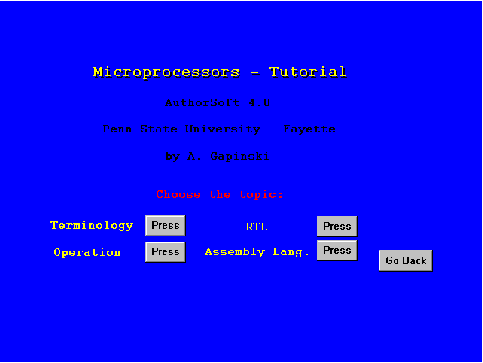
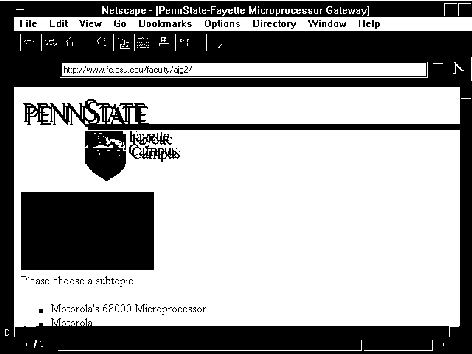
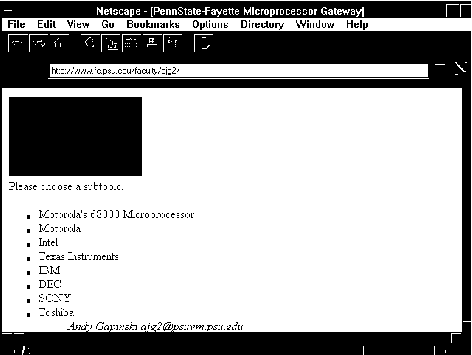
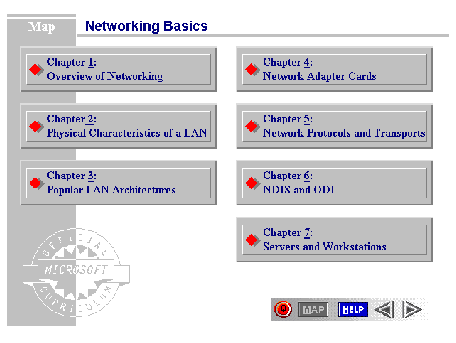
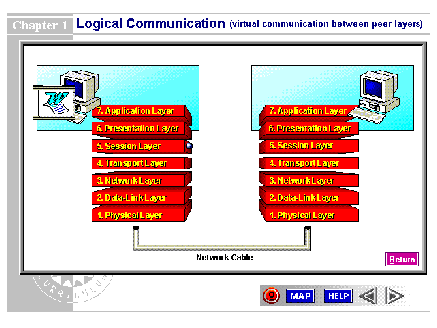
EFFECTIVE PRESENTATION ADDRESSES STUDENTS' LEARNING STYLES AND THEIR MISCONCEPTIONS ABOUT SUBJECT MATTER
A successful multimedia presentation on top of good organization, preparation, and delivery5 must address students' learning styles.10 As Felder10 points out, effective teaching has to build students' skills in their preferred and less preferred modes of learning. An instructor with the multimedia tools can expand his/her teaching modes to rely more on visual means to present an object's interdependence. Furthermore, graphical features can be used to depict more satisfactorily the multilayered, sequential information as in the case of microprocessor operations.
Naturally, as a multimedia tool usually provides an intense repertoire of audio-visual images, the care has to be given to proper balance and focus. Namely, it is relatively easy to overwhelm the viewer with too much information and imagery. Especially, a novice to a presented topic can easily be lost when presented with too many colorful slides with too many details.
Another advantage that multimedia can bring to the classroom is the fact that an instructor can provide more audio-visual tools to challenge successfully the students' misconceptions about subject matter. As Mestre11 points out, the learning process sometimes fails due to the fact that teachers ignore learners' pre-conception about the subject. Especially in learning scientific concepts, students exhibit confusion when newly presented material in class conflict with their prior knowledge. Kaplan15 reports of multimedia simulations of physical events that allow to demonstrate to students their erroneous misconceptions about physical phenomena.
CONCLUSION: LESS IS MORE
The multimedia tool is not a cure-all panacea for all problems encountered in a classic teaching environment. The instructor should use it wisely, based not on recent media-driven hype16, but to address a specific pedagogical problem. Appropriate use of audio-visual means should become a part of the teaching and learning environment to help students build on their learning styles. It is easy to indulge yourself with new technology to the detriment of teaching objective. A shorter attention span and computer proficiency of a new generation of students should be taken into account by an instructor in creating a proper learning environment.
The author suggests more focused use of the multimedia tools before attempting to apply them across the curriculum. As an instructor becomes more proficient using new technology it seems more and more apparent to him that often, less is more.
As multimedia becomes more popular, the universities begin to offer programs in multimedia and computer technologies.17,18
As a user of current technology, the instructor has to overcome his/her own fears of the unknown, invest time to learn, and become a better learner him/herself.
REFERENCES
1. NSF Workshop on Multimedia. Queensborough Community College-CUNY. NYC.
June 9-14, 1996.
2. Buchanan W. & R. Coower. "Using PowerPoint Software to Enhance Your
Engineering
or Engineering Technology Lectures," Proceedings, 1995 ASEE Annual Conference, pp.
902-904.
3. Gramoll K. & Craig J. "Teaching a Multimedia Course in Engineering,"
Proceedings,
1995 ASEE Annual Conference, pp.2578-2584.
4. Rachedine M. and Hanidu G.A."Multimedia Courseware for Electrical Circuits
Laboratory,"Proceedings, 1995 ASEE Annual Conference,pp.2276-2280.
5. Meilach D.Z."Dynamics of Presentation Graphics,"Irwin Publications,
1996.
6. Smith K.A."The Craft of Teaching Cooperative Learning: An Active Learning
Strategy," Proceedings, 1989 ASEE Annual Conference, pp. 188-192.
7. Bruffee K."Collaborative Learning, Higher Education, Interdependence, and the
Authority of Knowledge," The John Hopkins University Press, Baltimore & London,
1993.
8. Felder R.M. and Silverman L.K."Learning Styles and Teaching Styles in
Engineering
Education,"Engineering Education, 78(7),1988,pp.674-681.
9. Gapinski A."Collaborative Learning in Technology Program," presented at
ORSA/TIMS National Conference. Oct.23-26, 1994, Detroit, MI.
10. Felder R."Matters of Style,"ASEE Prism, Dec. 1996,pp.18-23.
11. Mestre J.P."Cognitive Aspects of Learning and Teaching Science," to appear in:
Pre-College Teacher Enhancement in Science and Mathematics: Status, Issues &
Problems. S.J. Fitzsimons & L.C. Kerpelman (Eds.). Washington, DC: NSF.
12. Schackner B."Big Stuffy Lectures Get Downsized," Post-Gazette, Pittsburgh,
PA.pp.C-1,6.
13. Faculty Resources for Innovative Teaching & Learning. The Pennsylvania
State
University. 1997, p.9.
14. Gapinski A."On some PC-Based Electrical Measurements in EET Laboratory,"to
appear in Proceedings of 1997 ASEE Annual Conference.
15. Kaplan H. "Interactive Multimedia & The World Wide Web-A New Paradigm
for
University Teaching & Learning,"Educom Review, Jan/Feb 1997,pp.49-51.
16. Russell T. "Technology Wars: Winners & Losers," Educom Review,
March/April
1997,pp.44-46.
17. Guernsey L."New Academic Programs Teach Students to Design and Run Web
Pages,"The Chronicle of Higher Education, March 14, 1997,p.A22.
18. Coppula D."Multimedia Collaborations,"ASEE Prism, April 1997,p.18.